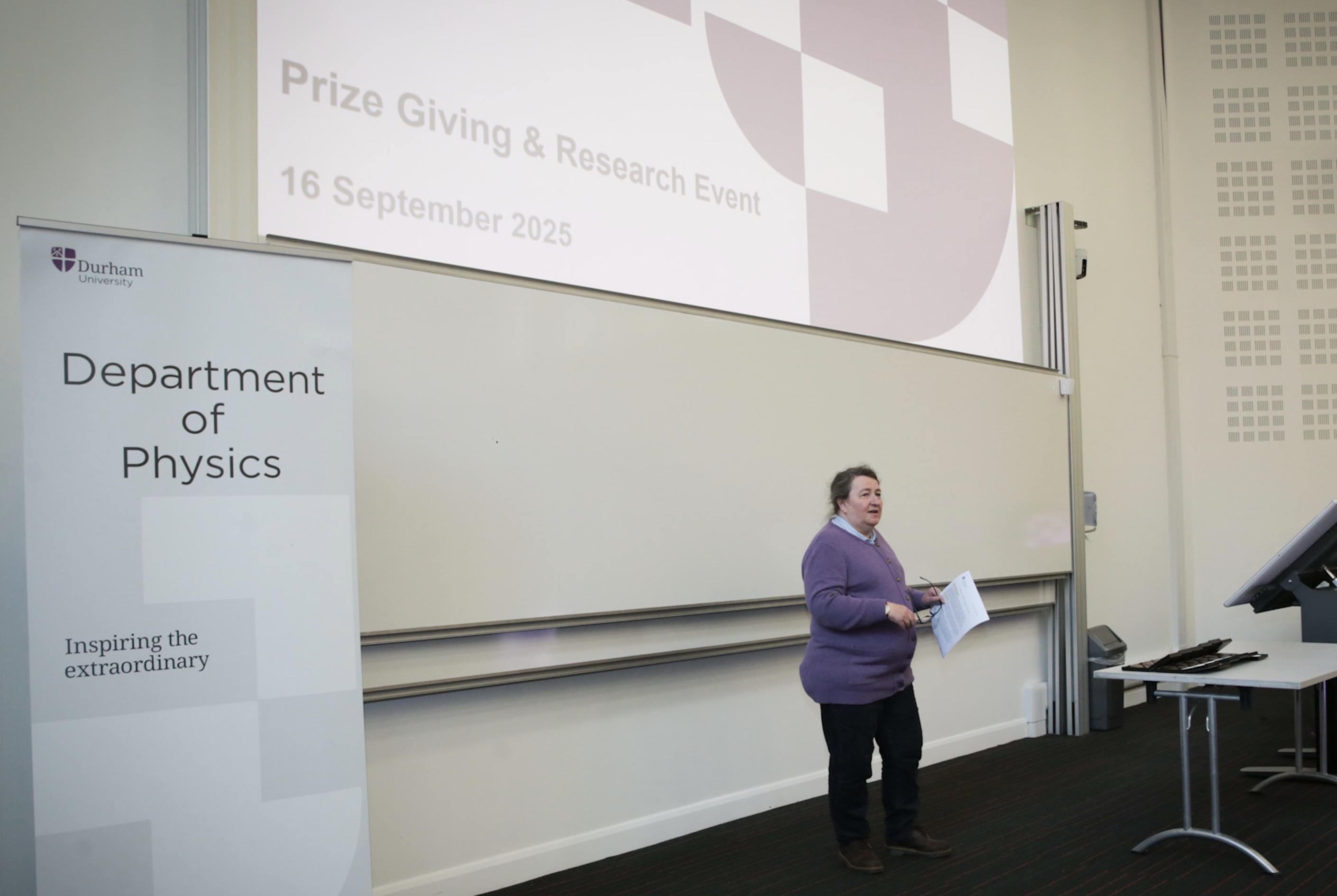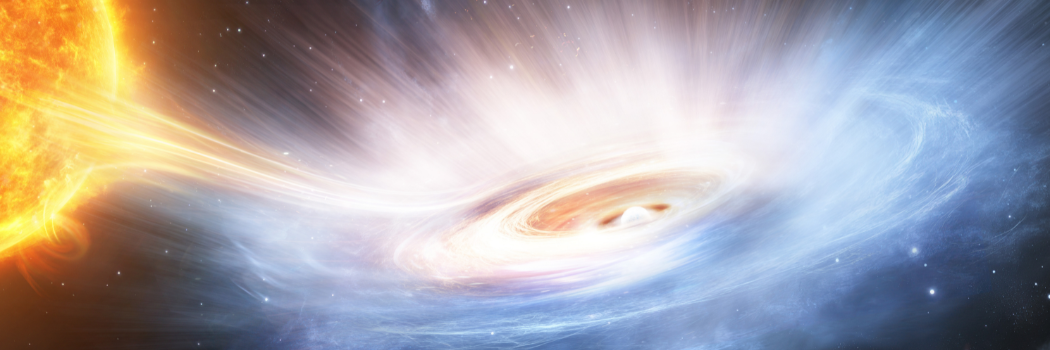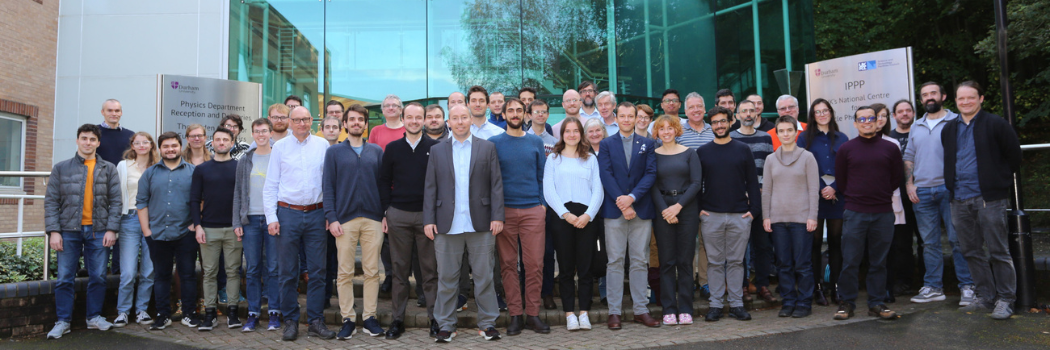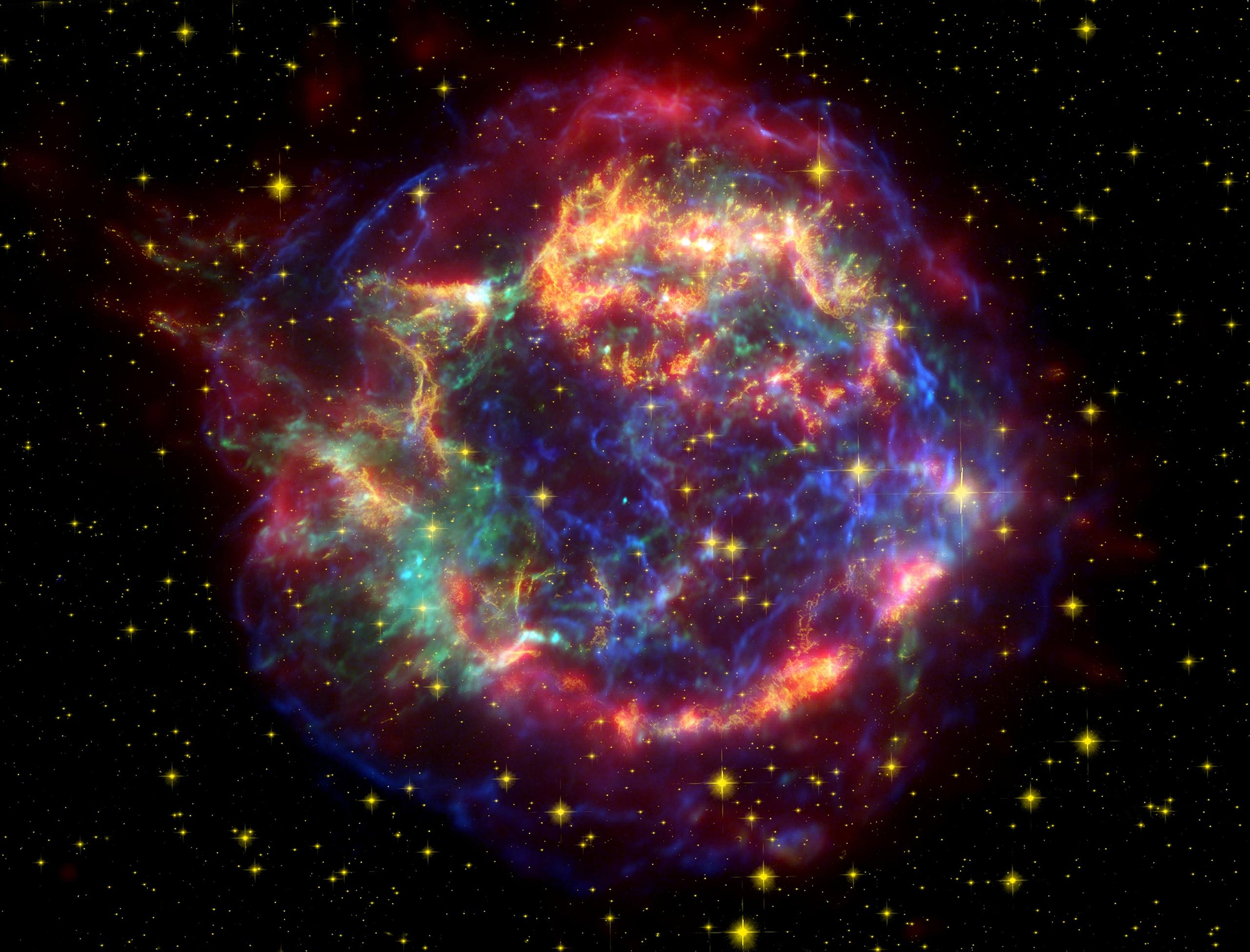Latest News
Global recognition for innovative teaching
The quality of teaching and learning that our students enjoy at Durham has been recognised at a global awards ceremony.
Professor Adekunle Adeyeye made a Fellow of the IEEE in the USA
Professor Adekunle Adeyeye, Professor in Physics and Principal of Trevelyan College, has been awarded the prestigious Fellowship of the Institute of Electrical and Electronics Engineers of the USA for his “contributions to synthesis and characterization of magnetic nanostructures for low-power magnonic information processing applications”.
Impactful Durham researchers recognised in global highly cited list
Six Durham researchers have earned a place on one of the world’s most respected research rankings.
Prof. Leah Morabito will deliver the 2025 Christmas Lecture, titled 'The Radio Universe'
Visible light is only a small portion of the electromagnetic spectrum. What does the Universe look like at radio wavelengths? This lecture will explore the surprising and fascinating history of radio astronomy, and take a look at what we have learned about super-massive black holes using radio telescopes.
Durham scientists supporting NASA mission to find Earth-like worlds
Our scientists are investigating how a UK-led team could design and build a core instrument for a flagship NASA mission to search for life on distant planets.
New telescope captures first light in Chile
A major milestone in a global telescope collaboration involving astronomers from our Department of Physics has been achieved.
The 2025 Physics Awards for Excellence
The Physics Department's 2025 Awards for Excellence event took place on 16th September in PH8. The event featured a series of science talks, designed to be accessible and engaging for all members of the Department, followed by the presentation of this year's awards.
Scientists discover unexpected twist in cosmic wind speeds
An international team of scientists, led by Professor Chris Done of our Physics Department, has made a surprising discovery about powerful winds blasting from around a neutron star.
IPPP marks 25 years of world-leading particle physics research
Our Institute for Particle Physics Phenomenology (IPPP) will celebrate its 25th anniversary on 24-25 September, recognising a quarter-century of innovative research, global collaboration, and academic excellence.
Scientists help power world’s largest fusion energy project
Scientists from our top-rated Physics department have played a crucial role in verifying the quality of specialist materials destined for the magnets of ITER.
Simulations solve centuries-old cosmic puzzle – and reveal new class of ancient star systems
Astronomers have solved a centuries-old puzzle surrounding one of the Universe’s oldest and densest star systems.
DESI team wins prestigious 2026 Berkeley Prize
The Dark Energy Spectroscopic Instrument (DESI) collaboration has been awarded the 2026 Lancelot M. Berkeley–New York Community Trust Prize for Meritorious Work in Astronomy.


/prod01/prodbucket01/media/durham-university/departments-/physics/teaching-labs/VT2A9034-1998X733.jpeg)

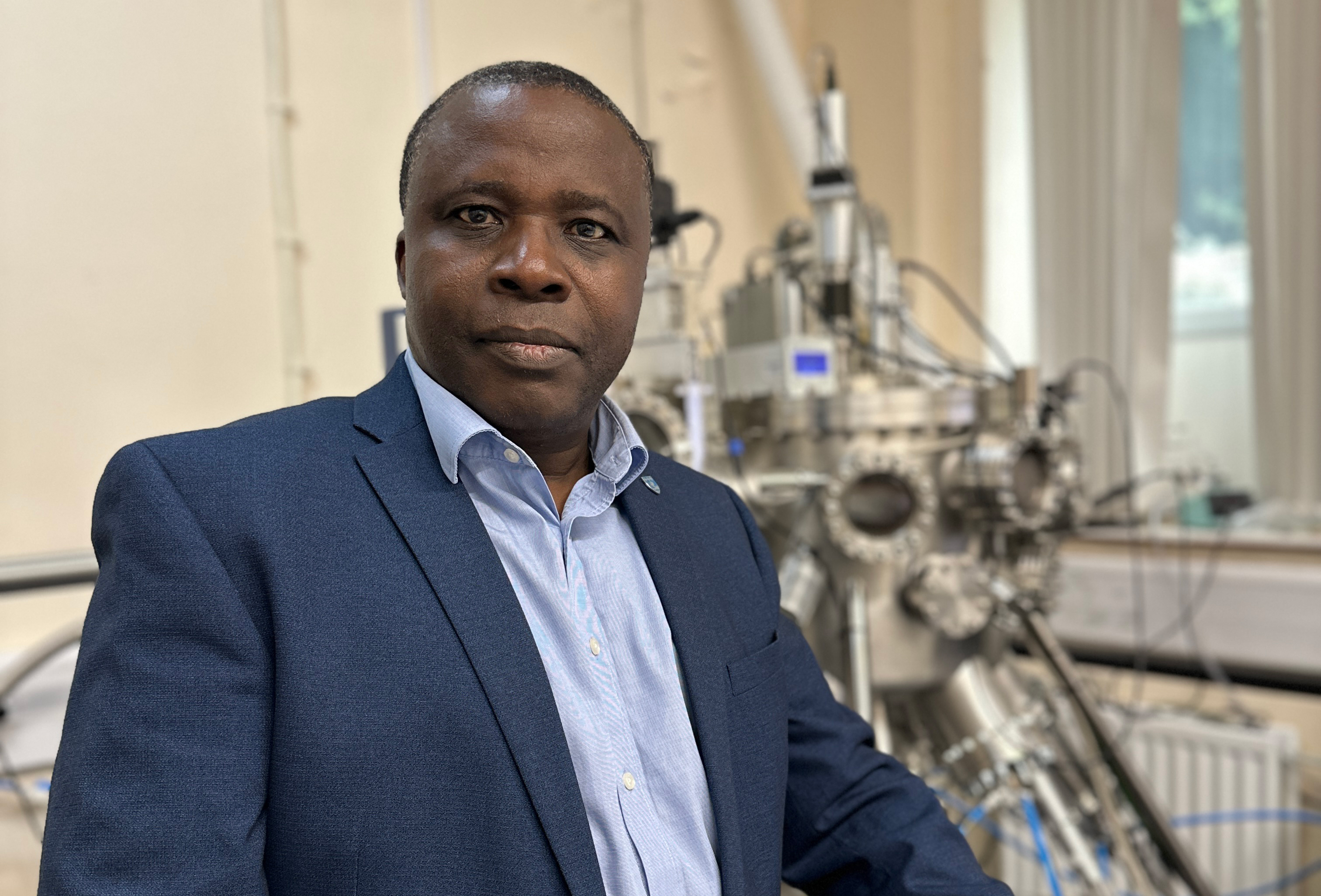
.png)
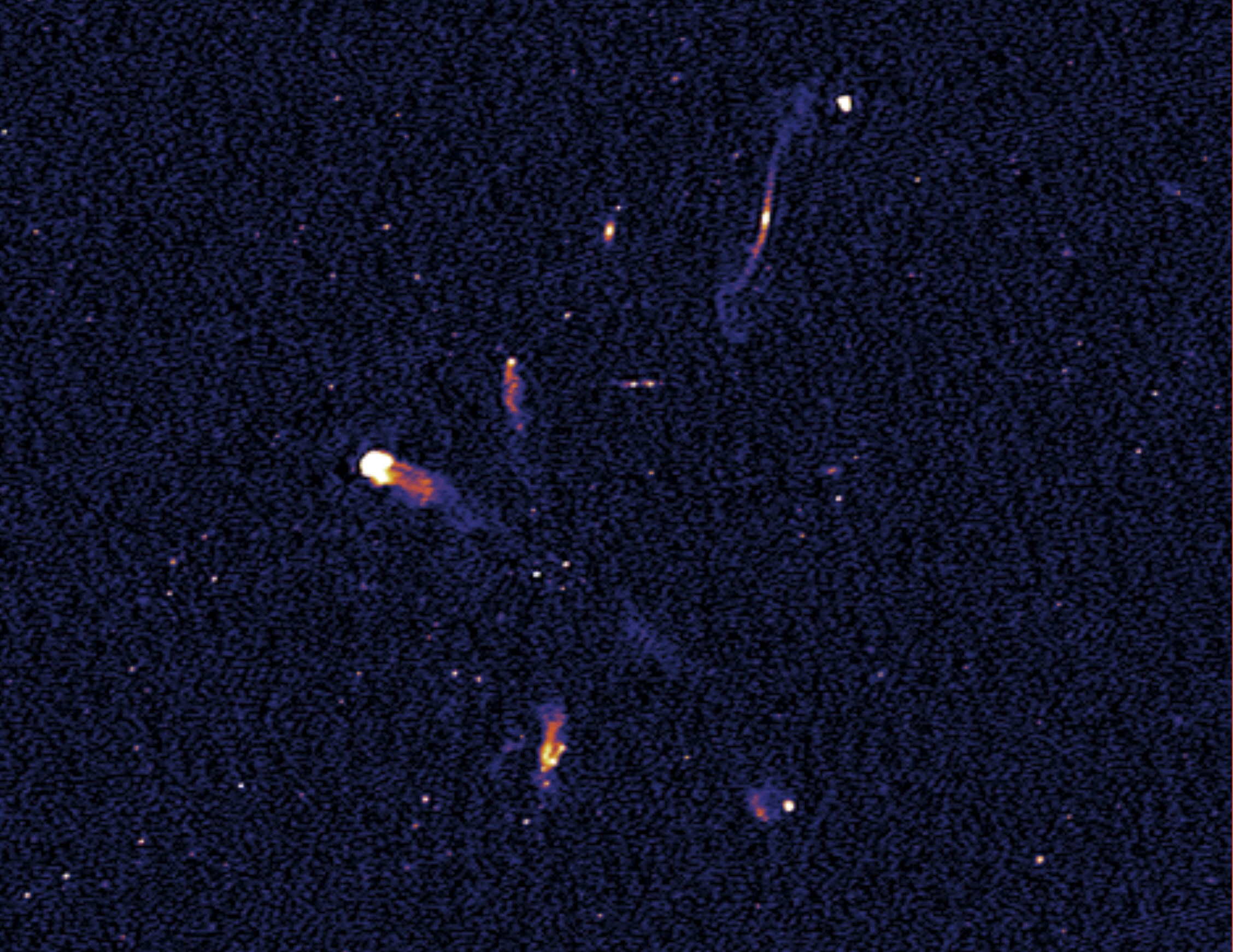
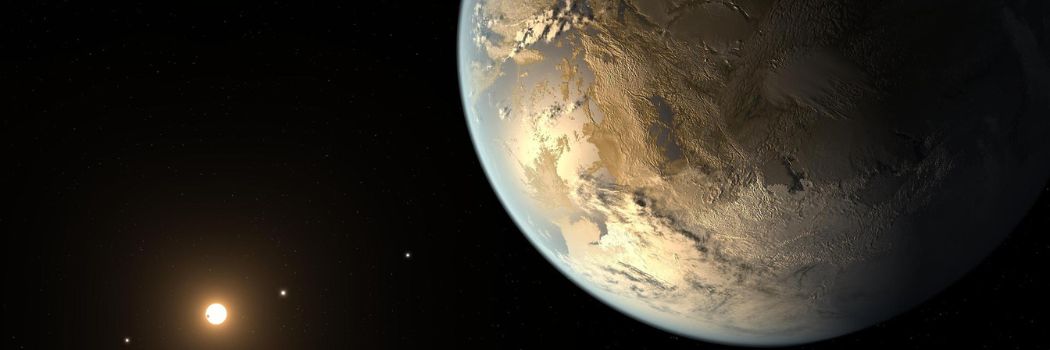
.png)
